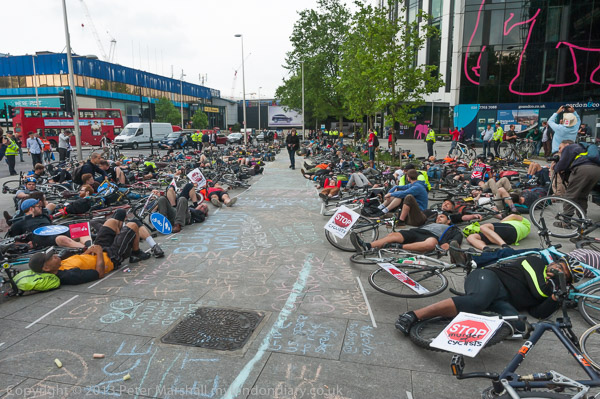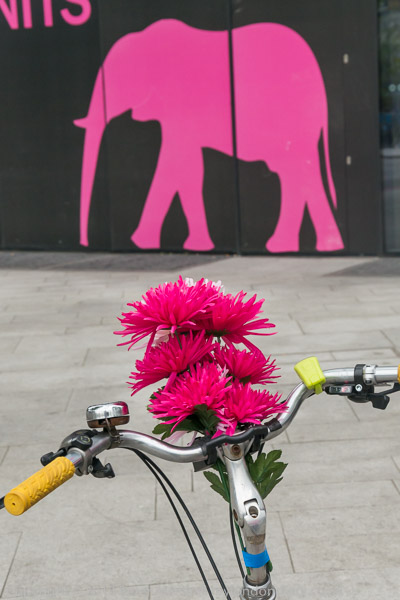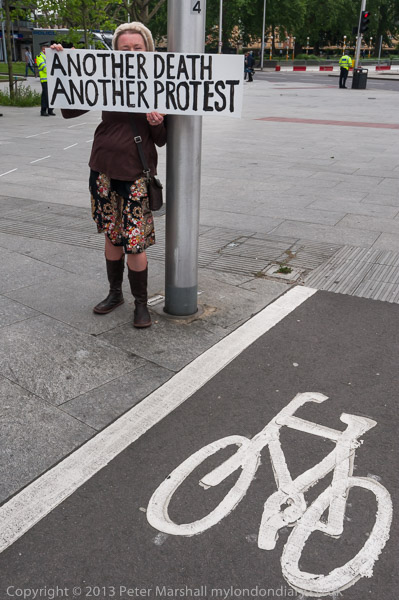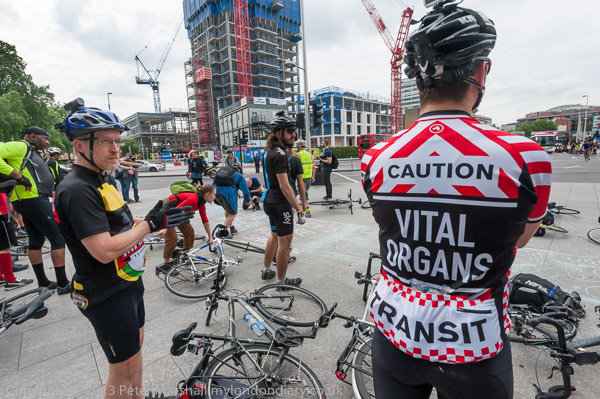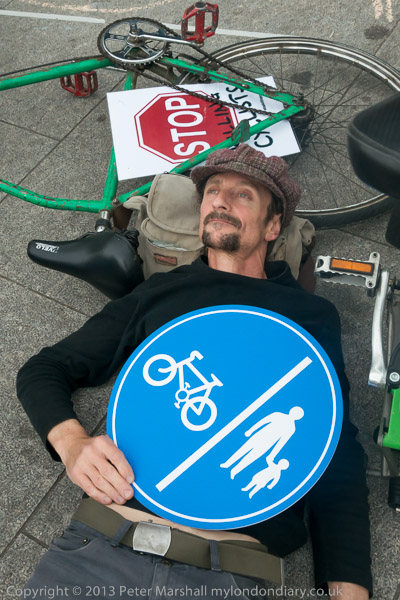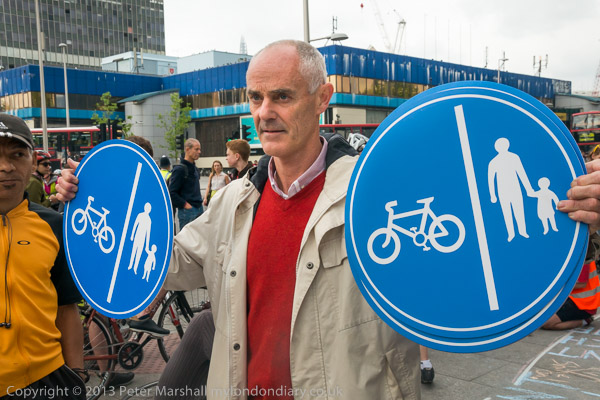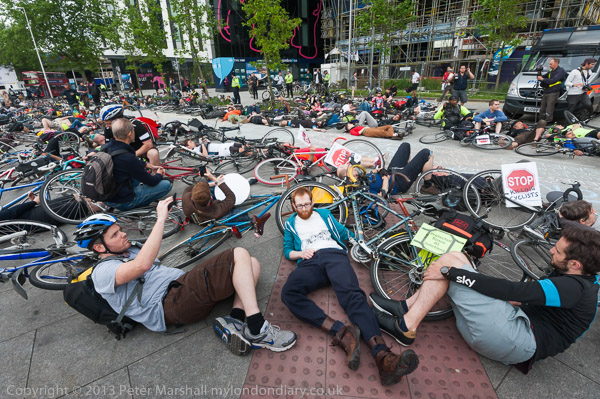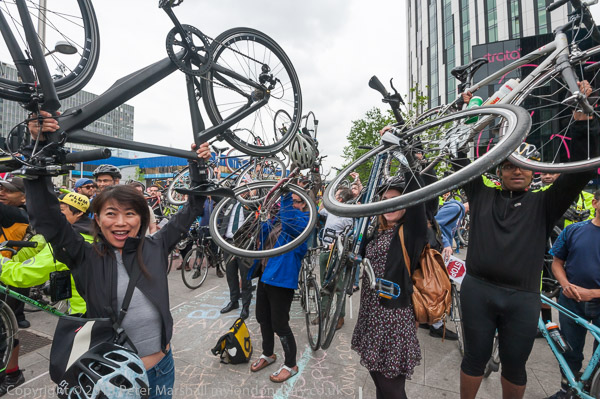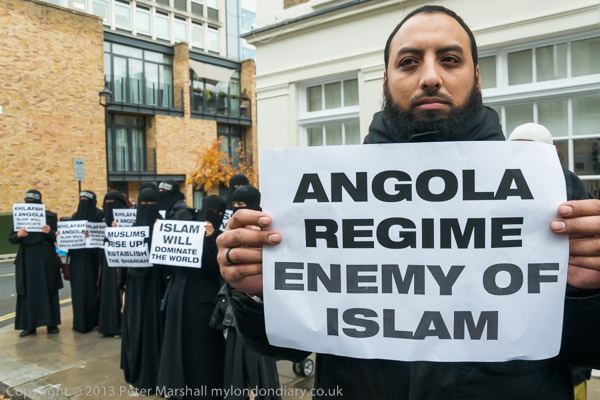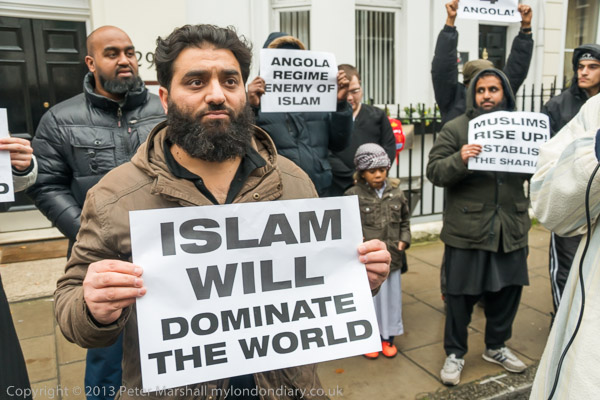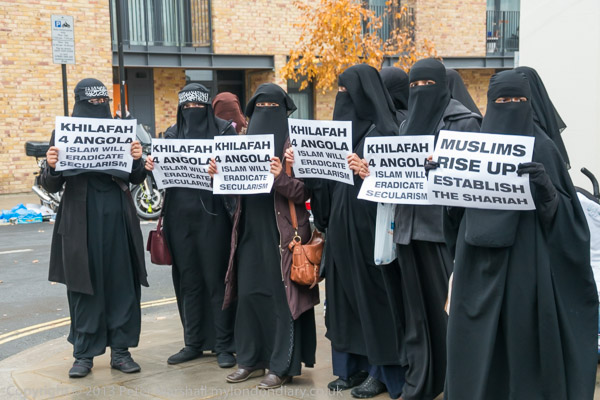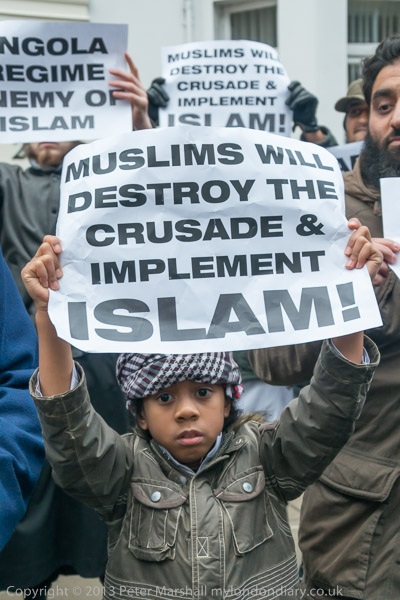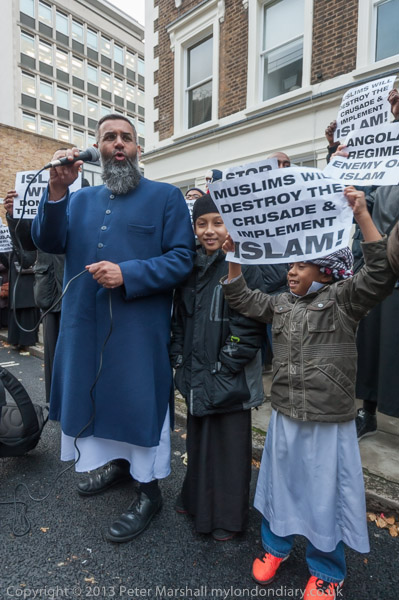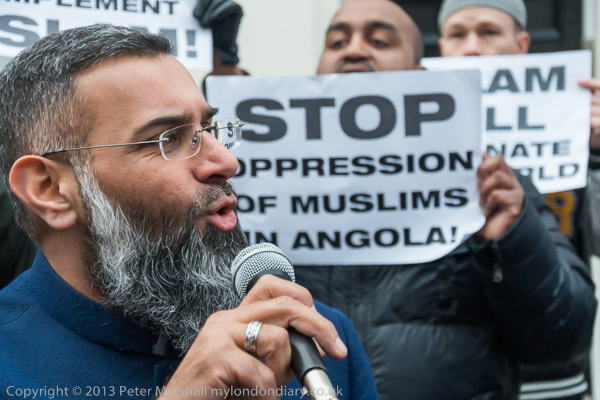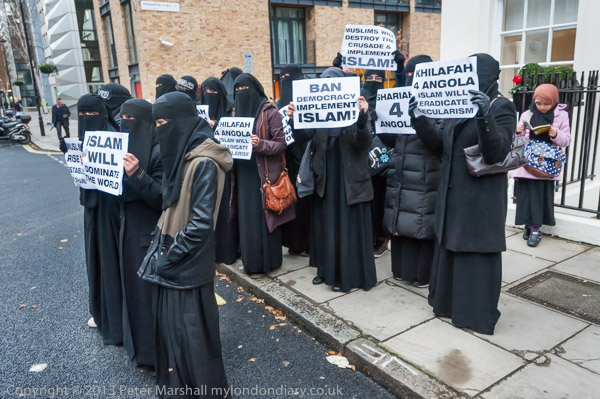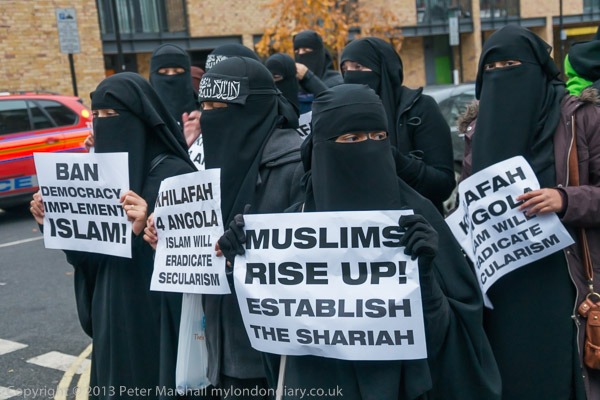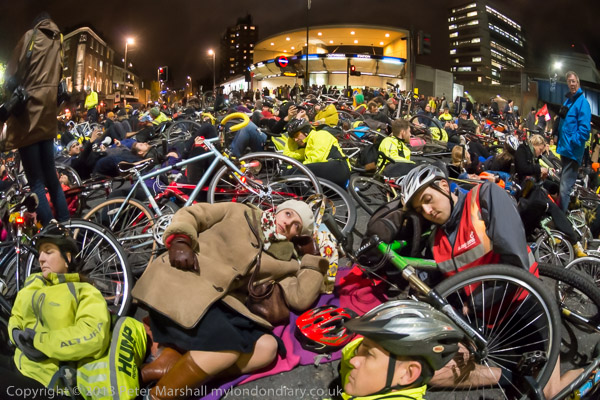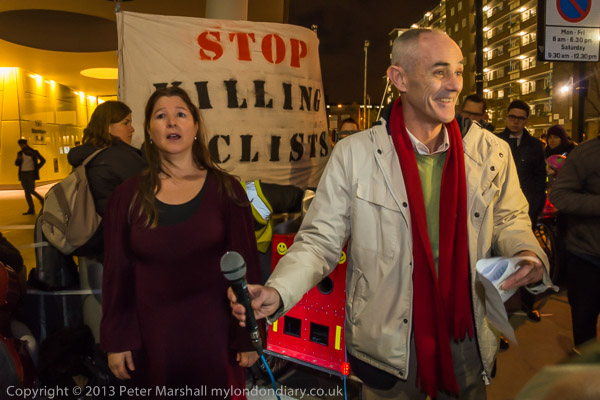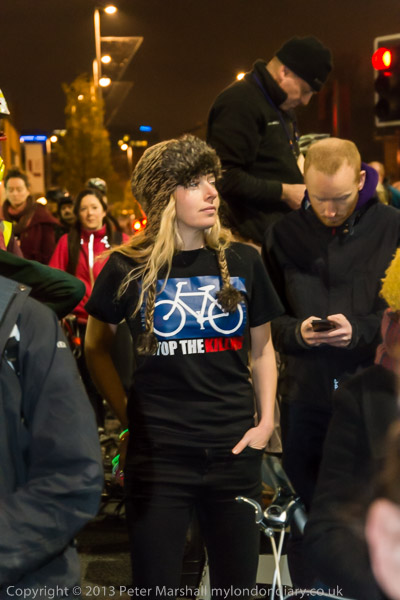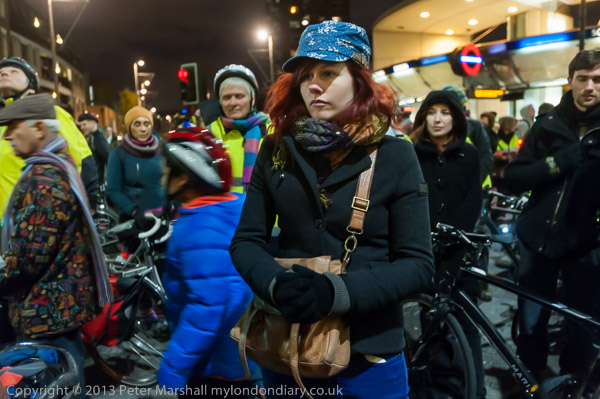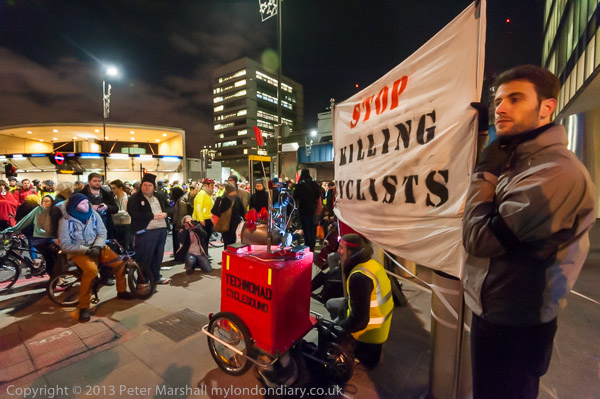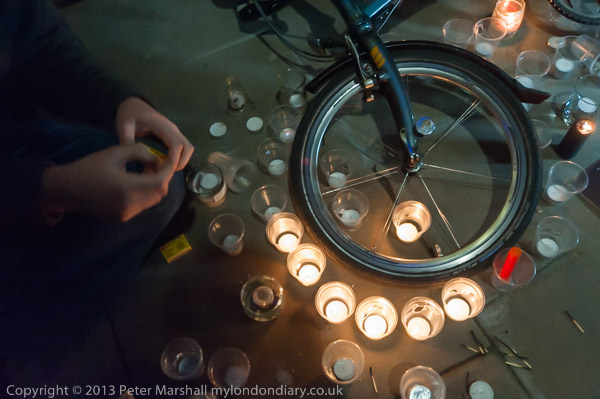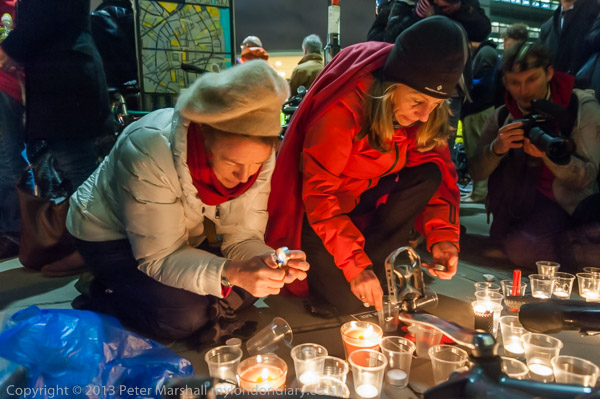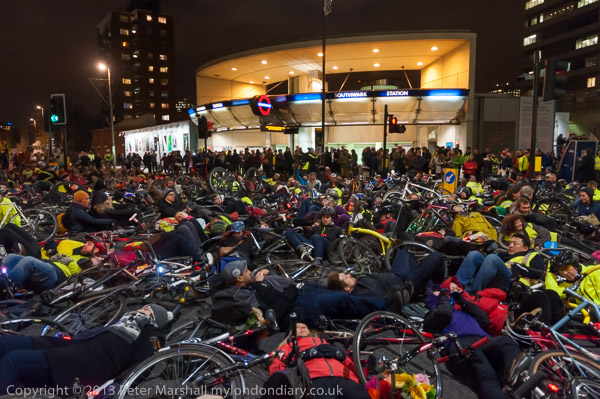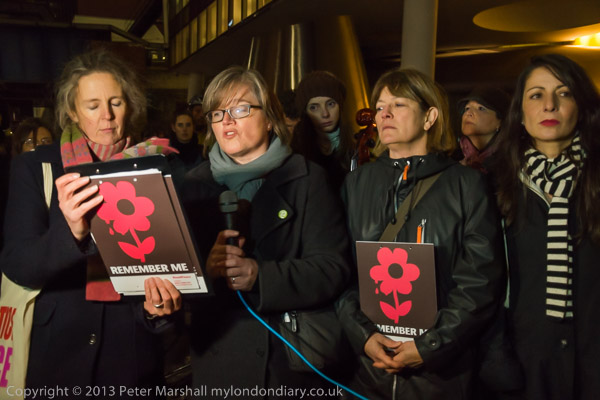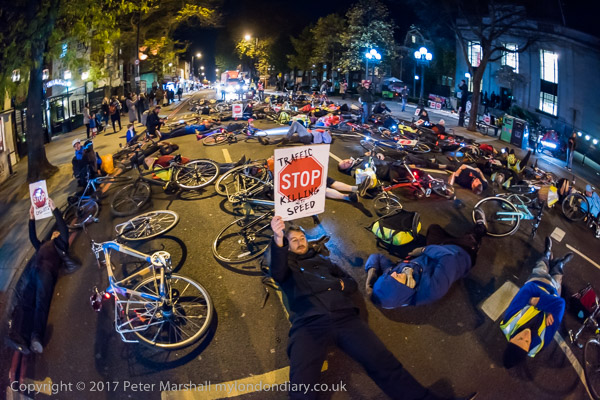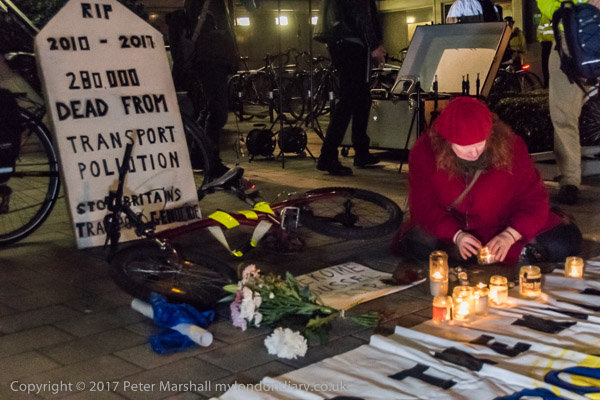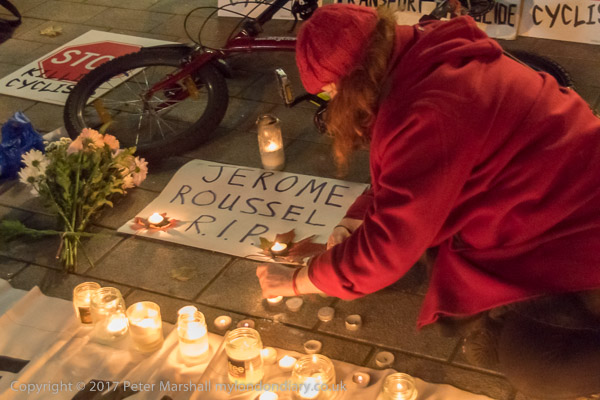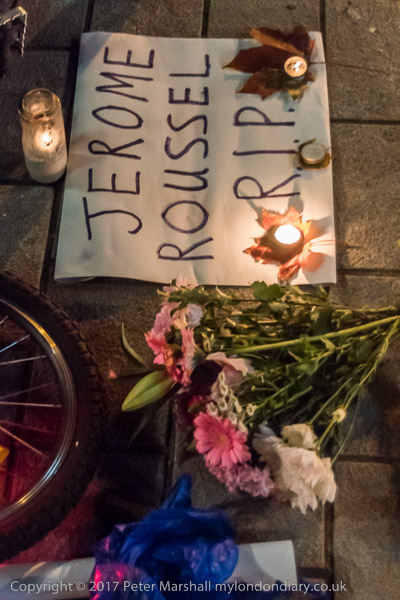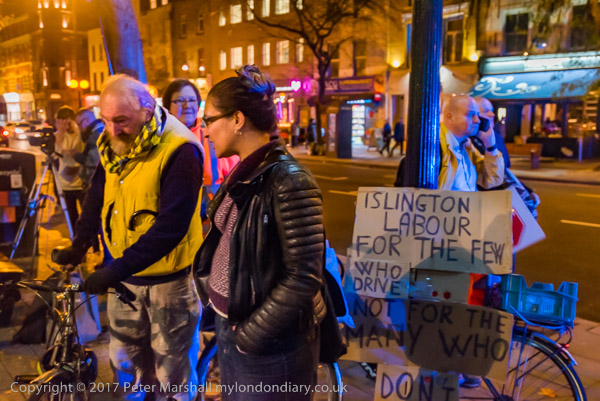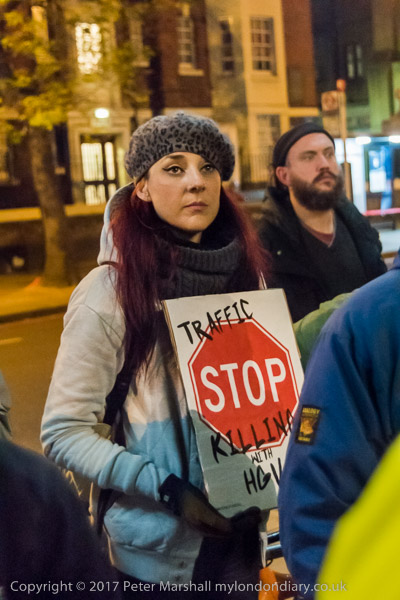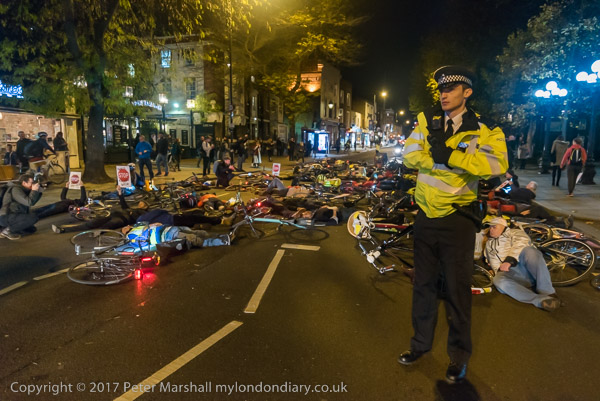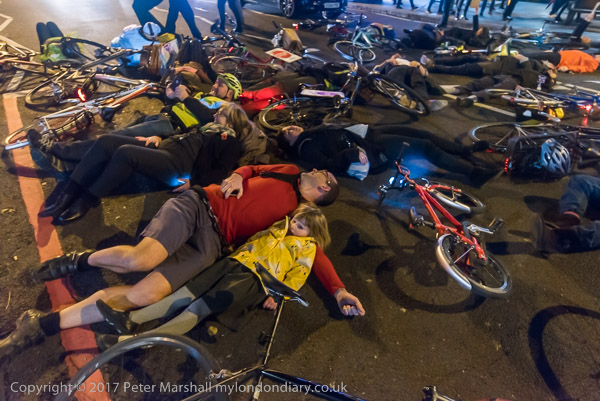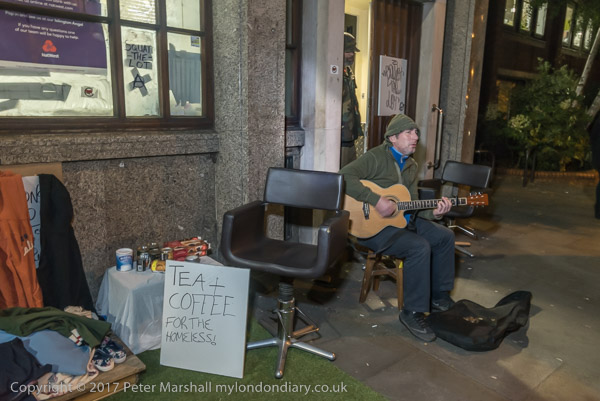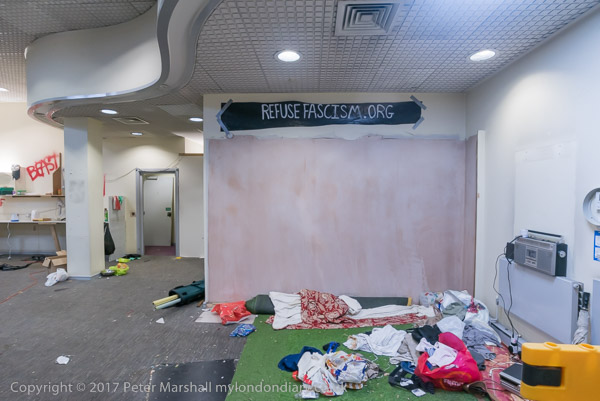London World Naked Bike Ride
Last Saturday I photographed a couple of protests, went to a disappointing photographic exhibition, took a snap of the Red Arrows and found myself with time to spare to go and photograph the 2025 London World Naked Bike Ride at its start and then later on my way to my last protest of the day.

The first year I photographed this event was in 2006 and I came back to it in almost every year until 2014, then again rather briefly in 2019. Here I’ll post some of what I wrote about it on that first occasion and then my comments on returning to photograph it in 2019, and end with my thoughts about the 2025 ride. All the pictures in this post are from Saturday 14th June 2025.

Unfortunately Facebook’s “community standards” prevent me from publishing an album of my pictures there, but you can find a selection of images on my Alamy portfolio pages. Though you may have to search or browse a few pages to find them after I upload more work.
2006
People in over 50 cities around the world were taking place in the World Naked Bike Ride as a protest against oil dependency and car culture. In London. over 600 cyclists, along with a few rollerskaters, rollerbladers and others took part.

As a change, I congratulate the Met police for allowing the event (unlike the Brighton cops.) Police cyclists – looking rather over-dressed in their usual uniform – led the event in its ride around some of the busiest streets in central London, and kept riders safe from traffic. Most of them seemed to be amused by the event.

So too were the crowds in central London. Many obviously found it hard to believe the evidence of their eyes, but all I saw seemed amused and none offended. Riders handed out a leaflet explaining the purpose of the event and advising “if you don’t wish to see nudity, please avert your gaze – we’ll soon be out of sight,” but I didn’t see anyone following this advice. Indeed it looked like the event should attract even more tourists to the city.

I don’t have a great problem with nudity. I was brought up told we were created in the image of our maker, so feel it would be blasphemous to object about the display of the naked body, although generally we may find it more prudent to keep it covered, especially in our climate. As my pictures show, not all those taking part rode entirely naked: the invitation was to ride “as bare as you dare!”

Photographing an event like this could be awkward, but I recognised many of those taking part and they knew me. There were a few conditions, but only one person out of the several hundred made it clear she didn’t want me to take a picture, and of course I didn’t.

It was an afternoon when it was more comfortable to be without clothes than in them (so long as you had plenty of sun-screen) and it certainly made an interesting spectacle. I had chosen not to ride a bike, and just pretended to be one as I ran up Piccadilly fully dressed with the mass of cyclists. By the time we got to the top of Haymarket I was pretty much whacked, and continued by tube to Waterloo to meet the ride as it came up York Road and get a different viewpoint.

2019
I’ve never been too impressed by the protest side of this. It’s more a fun ride for people who want to ride around London with no or very few clothes on. For those of us watching on the streets it is certainly unusual and entertaining, and I think very few could be seriously upset by it. The normal response seems to be a lot of pointing and laughing.

Perhaps if it were more of a protest there would be more women taking part. This year the imbalance seemed even greater than previously, with perhaps 10 or 20 men for every one woman, though I didn’t try to make an accurate count. My pictures do tend to concentrate more on the women than the men for various reasons. To state the obvious, these pictures involve nudity. Please do not click on the link if you may be offended or if you are in a place where others may be offended.
2025
This year there were even fewer women on the ride which now seems to be dominated by male nudists, with some coming from the continent to take part. It has become an event very much more about “body positivity” than a protest about car culture and cycle safety. And it illustrated the huge anatomical variation of male members of our species.

A mere handful rode with political messages written on their bodies and even fewer with flags or posters on their bikes. There was little of the creative face and body paint and fancy dress which had enlivened earlier years. It’s an event that has lost much of its interest for me and is far more drab than my pictures, which concentrate on the things that still interest me. Perhaps this is an event which has outlived its times.
Flickr – Facebook – My London Diary – Hull Photos – Lea Valley – Paris
London’s Industrial Heritage – London Photos
All photographs on this page are copyright © Peter Marshall.
Contact me to buy prints or licence to reproduce.
